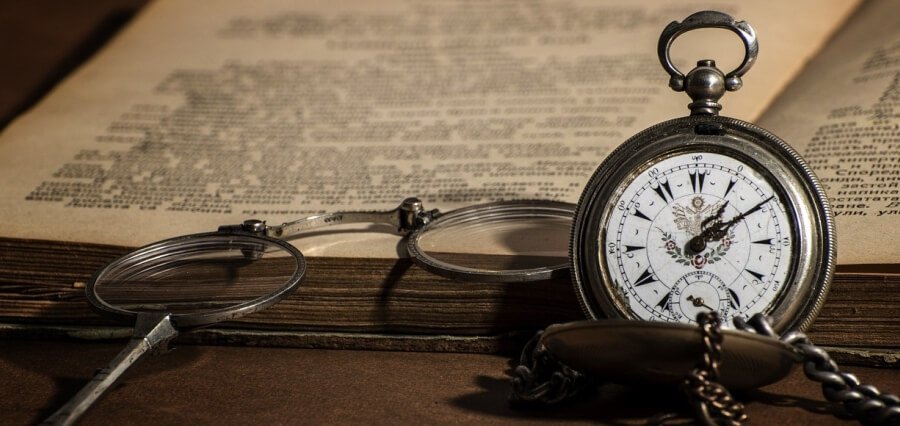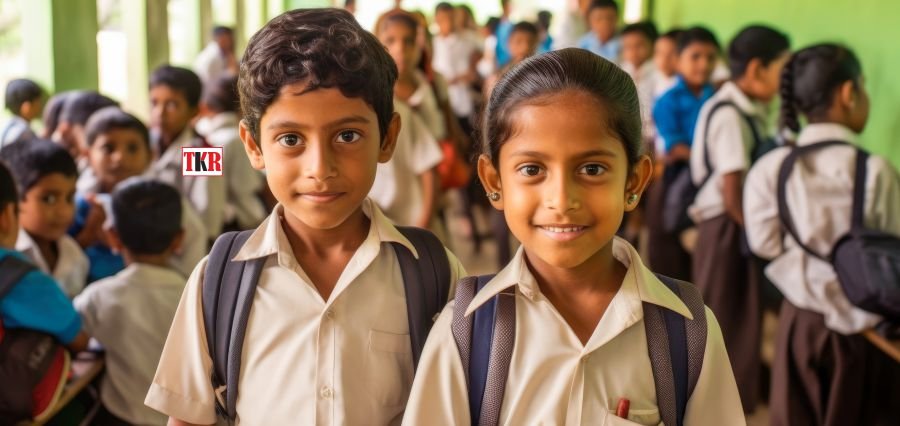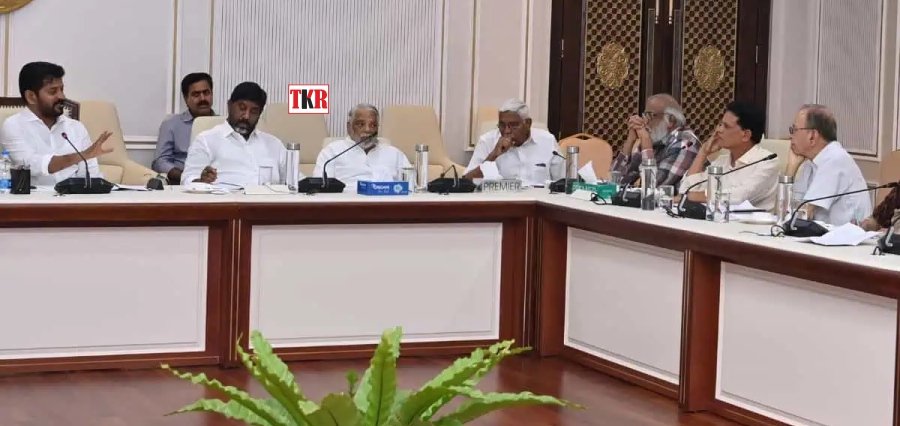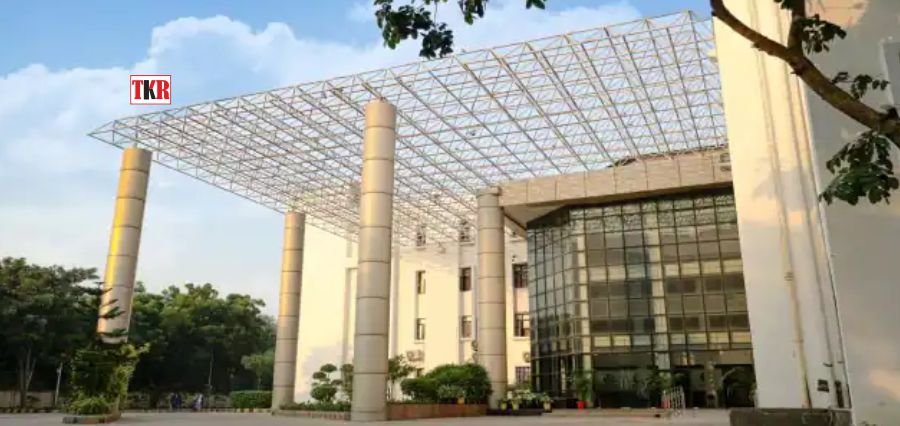The soil of Indian land has been trodden by the feet of great sages who ever lived. This is where Abdul Kalam, Rama, and Gautam Buddha took their first breath. The power of art to inspire social change, break down barriers, and give voice to the voiceless is tremendous. In India’s history, art has been essential to influencing and taking part in social movements ranging from the independence movement to the current battles for justice and equality. Indian social movements have benefited greatly from the agitation, awareness, and change that art has sparked.
The Role of Art in Catalysing Social Change
All kinds of art possess a special ability to convey difficult concepts, arouse feelings, and motivate action. Throughout Indian history, this power has been used for social movements. Here are some ways that art supports these movements:
Strong stories are communicated via art that captivates audiences. Visual storytelling has been used to illustrate the goals and hardships of marginalized populations as well as their pursuit of justice through paintings, posters, and scribbles.
Through art, underrepresented and marginalized communities may convey their stories, air their concerns, and demand change. It gives people the confidence to communicate their viewpoints and experiences to a larger audience.
Symbolism is a common tool used in art to express ideas and morals. Symbols in social movements have the power to bring people together, generate a sense of identity, and serve as a focal point for group activity.
Historical Examples of Art in Indian Social Movements
During the struggle for independence, artists like Nandalal Bose and Abanindranath Tagore used their art to depict the plight of the Indian people under British colonial rule. Their work served as both a reflection of the nation’s struggle and an inspiration to the masses.
For a very long time, the Dalit community has demanded social justice and used art to affirm their identity. Strong works that draw attention to the difficulties encountered by Dalits and call for an end to prejudice have been produced by artists such as Durgabai Vyam and Subodh Gupta.
Theatre and visual arts were used by the Narmada Bachao Andolan, a campaign to oppose the construction of the Sardar Sarovar Dam, to highlight the problems with human rights and the environment that the impacted people were facing. The movement’s support and awareness-raising were greatly aided by art.
Weapon to Call for Justice
One important tool for bringing attention to gender inequity and violence against women has been art. For example, the Nirbhaya case sparked a wave of art installations, street performances, and graffiti calling for justice and a shift in the way society views women.
Indigenous Rights Movements
Indigenous tribes in India have demanded acknowledgment for their distinct cultural history and have utilized art to fight for their rights. These communities’ artists produce pieces that honor their customs and advocate for the protection of their territories.
Contemporary Examples of Art in Indian Social Movements
Influential creative manifestations have emerged in response to the ongoing farmer protests in India. Artists supported the demands of farmers and brought attention to their difficulties by designing posters, sculpting, and painting murals.
The use of art has been a defining feature of the LGBTQ+ movement in India, from the colorful Pride parades to the performances and graphics that fight for equal rights and combat stereotypes.
Art is frequently used in environmental movements to illustrate the effects of climate change and advocate for sustainable lifestyles. Exhibitions, performances, and art installations act as a wake-up call to the negative effects of environmental neglect.
Anti-caste groups still rely heavily on the arts. For instance, Ambedkarite art emphasizes the need to end caste-based prejudice while promoting equality and social justice.
Art as a Tool for Healing and Resilience
Despite action, those impacted by social injustices have found solace, resiliency, and catharsis in the arts. It offers a place for resistance and optimism while enabling people to process trauma and loss. The ability of art to heal is particularly demonstrated by movements that address problems like prejudice, relocation, and acts of community violence.
Conclusion
A constant and dynamic factor in Indian social movements is art. It functions as a call to action, a symbol of solidarity, a channel for communication, and a source of resiliency. An essential part of the story of social transformation in India is the involvement of artists, activists, and common people in the creation and consumption of art. Whether it takes the shape of protest songs, street murals, or exhibitions that pose questions to the current quo, art is still a vital component of India’s continuous fight for justice, equality, and human rights. It serves as a reminder that the creative process has no bounds and that art will always be a voice for people who want to see development and change.





